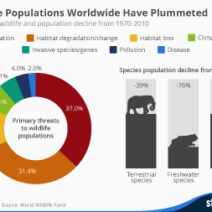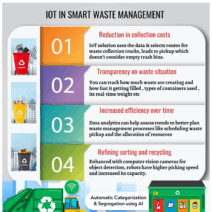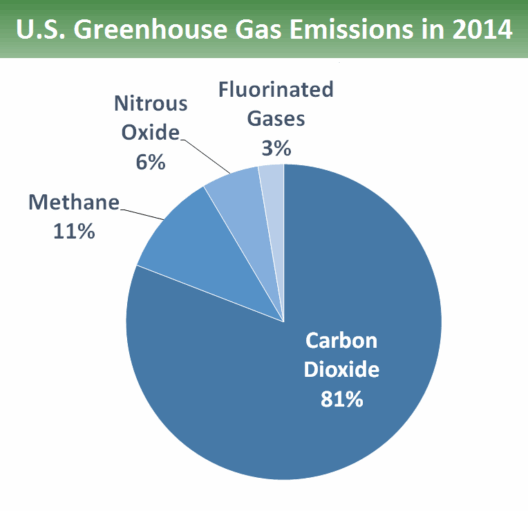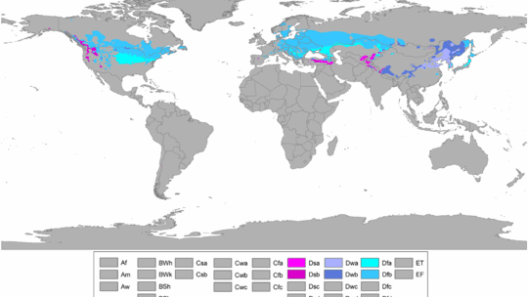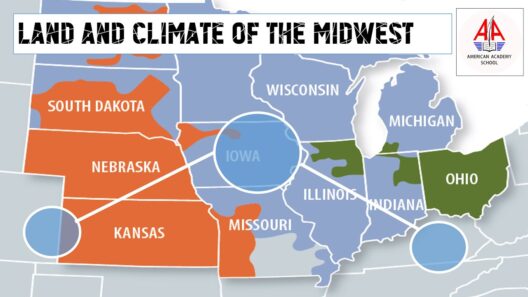The Paris Climate Treaty, officially known as the Paris Agreement, emerged as a cornerstone of global efforts to combat climate change, marking a significant shift in international climate policy. Ratified in 2016 following the contentious negotiations that began in 2015 during the 21st Conference of the Parties (COP21) in Paris, the agreement seeks to unify the world in its approach to reducing greenhouse gas emissions and curtailing the adverse effects of global warming. Through this collective endeavor, the treaty aspires not just to mitigate climate change but to foster sustainable development and resilience against environmental disruptions.
One of the most pivotal aspects of the Paris Agreement is its objective to limit global temperature rise. The accord aims to hold the increase in the global average temperature to well below 2 degrees Celsius above pre-industrial levels, while aspiring to limit the temperature increase to 1.5 degrees Celsius. This target is vital; exceeding this threshold risks triggering catastrophic natural events, affecting ecosystems, and jeopardizing human livelihoods. The 1.5 degrees Celsius aspiration highlights an urgent call for ambitious action, as scientists emphasize that even marginal increases in temperature could unleash severe climate repercussions.
Inclusive and participatory in nature, the Paris Agreement represents a departure from previous commitments, which often enforced binding targets on developed nations but allowed developing countries to pursue development without stringent regulations. In contrast, the Paris Agreement invokes a universal approach where all countries—regardless of their developmental status—are compelled to submit their nationally determined contributions (NDCs). By aligning these individual pledges, the treaty paves the way for collective accountability, fostering a spirit of cooperation and shared responsibility among nations.
As the world weaves this tapestry of commitments, the nature of these contributions varies, reflecting each country’s unique circumstances, capabilities, and development goals. NDCs can encompass various measures—from transitioning to renewable energy sources and enhancing energy efficiency, to implementing sustainable land management practices and reducing emissions from agriculture. This flexibility is essential to accommodate the diverse socioeconomic contexts and resources of nations, enabling a more widespread and effective adoption of climate action.
Yet, the Paris Agreement is not merely a list of commitments; it is a framework designed to foster transparency and accountability. An essential component of the treaty is the establishment of a robust system for monitoring and reporting progress. Countries are required to regularly review and update their NDCs, demonstrating their ambition over time. This mechanism not only encourages nations to elevate their targets but also informs global discourse, allowing for constructive dialogue and shared learning based on successes and challenges encountered along the way.
The financial dimension of the Paris Agreement is equally significant. Recognizing that climate action often necessitates substantial investment, particularly in developing countries, the agreement establishes a mechanism to mobilize financial resources. Developed nations committed to providing $100 billion annually by 2020, aimed at supporting climate resilience and mitigation efforts in developing countries. This funding is vital; it empowers developing nations to leapfrog traditional, carbon-intensive pathways of development and invest in greener technology and sustainable practices.
As the world continues to grapple with the existential threat of climate change, another critical aspect of the Paris Agreement is the emphasis on adaptation. Many countries are already experiencing climate-induced impacts such as rising sea levels, extreme weather events, and changing agricultural conditions. The treaty promotes adaptive strategies, encouraging governments to enhance their resilience against these challenges. By integrating adaptation measures into their national agendas, countries improve their capacity to withstand climatic shocks, thereby safeguarding their citizens and ecosystems.
However, several challenges remain that could hinder the effectiveness of the Paris Agreement. One of the most pressing issues is the need for political will and public support. Climate action often involves tough decisions that may conflict with existing economic interests, particularly in sectors reliant on fossil fuels. Therefore, fostering a robust understanding of climate science and the benefits of sustainable practices is imperative to galvanize action at all levels of society—from individuals to corporations to governments.
Moreover, the divergence between current emission trends and the pathways described in the Paris Agreement remains an alarming reality. Many nations have yet to translate their ambitions into tangible policies, and absolute emissions continue to rise globally. This gap between commitments and actions underscores the urgency for immediate, concrete steps toward reducing emissions and transitioning to a sustainable economy. The time for half-measures has long passed; the stakes are simply too high.
In essence, the Paris Climate Treaty embodies humanity’s collective aspirations to safeguard the planet for future generations. It is a beacon of hope that illuminates a path toward sustainable development and climate resilience. Yet it is also a clarion call for immediate action; urgent, cohesive, and concerted efforts are needed to translate aspirations into reality. Ultimately, the success of the Paris Agreement hinges not only on the commitments made but also on the collective resolve of nations and individuals to uphold those promises and pursue a sustainable future with unwavering dedication.
As we stand at the precipice of climate action, the Paris Agreement beckons us to reassess our relationship with the planet. It compels us to cultivate a deeper awareness of our environmental footprint and to engage actively in the solutions that can lead us out of this crisis. The journey ahead will undoubtedly present challenges, but the possibility of a thriving, sustainable world lies within our grasp—if only we dare to act decisively and purposefully together.
